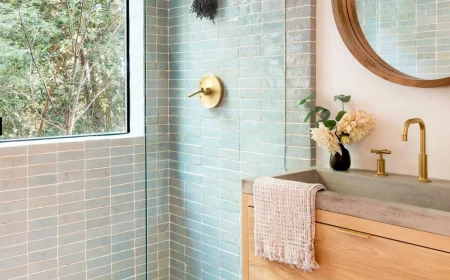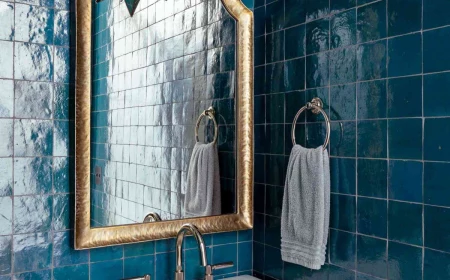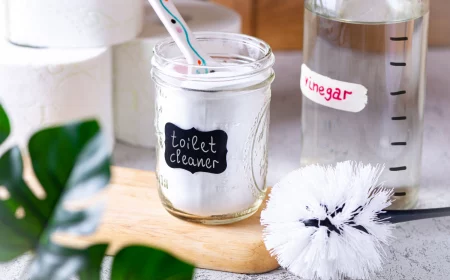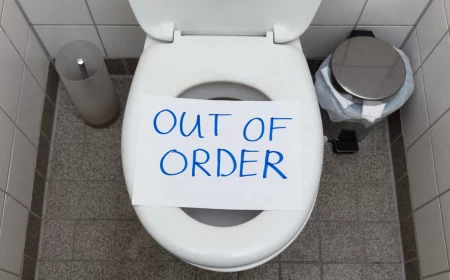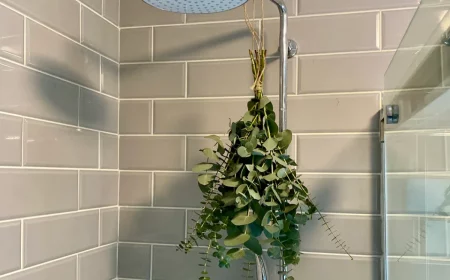Your Bathroom’s Hidden Expiration Dates: What to Replace and Why It Actually Matters
I’ve been in and out of people’s properties for a couple of decades now, managing everything from apartments to family homes. And you know what? You start to see the same things over and over. You learn to spot the difference between a bathroom that’s just surface-clean and one that’s genuinely healthy and functional.
In this article
It’s easy to get fixated on scrubbing grout and making the chrome shine. But honestly, the real story is in the stuff that wears out—the items we all tend to forget about until they fail spectacularly.
Think about it: your bathroom is a pretty tough environment. It goes from hot and steamy to cool and dry every single day. That cycle is brutal on materials and, by the way, it’s the perfect recipe for growing stuff you can’t see, like mold and bacteria. This isn’t about being a germ-freak; it’s about being smart and replacing key things before they cause a headache. This is the why behind the what, straight from years of seeing what goes wrong.
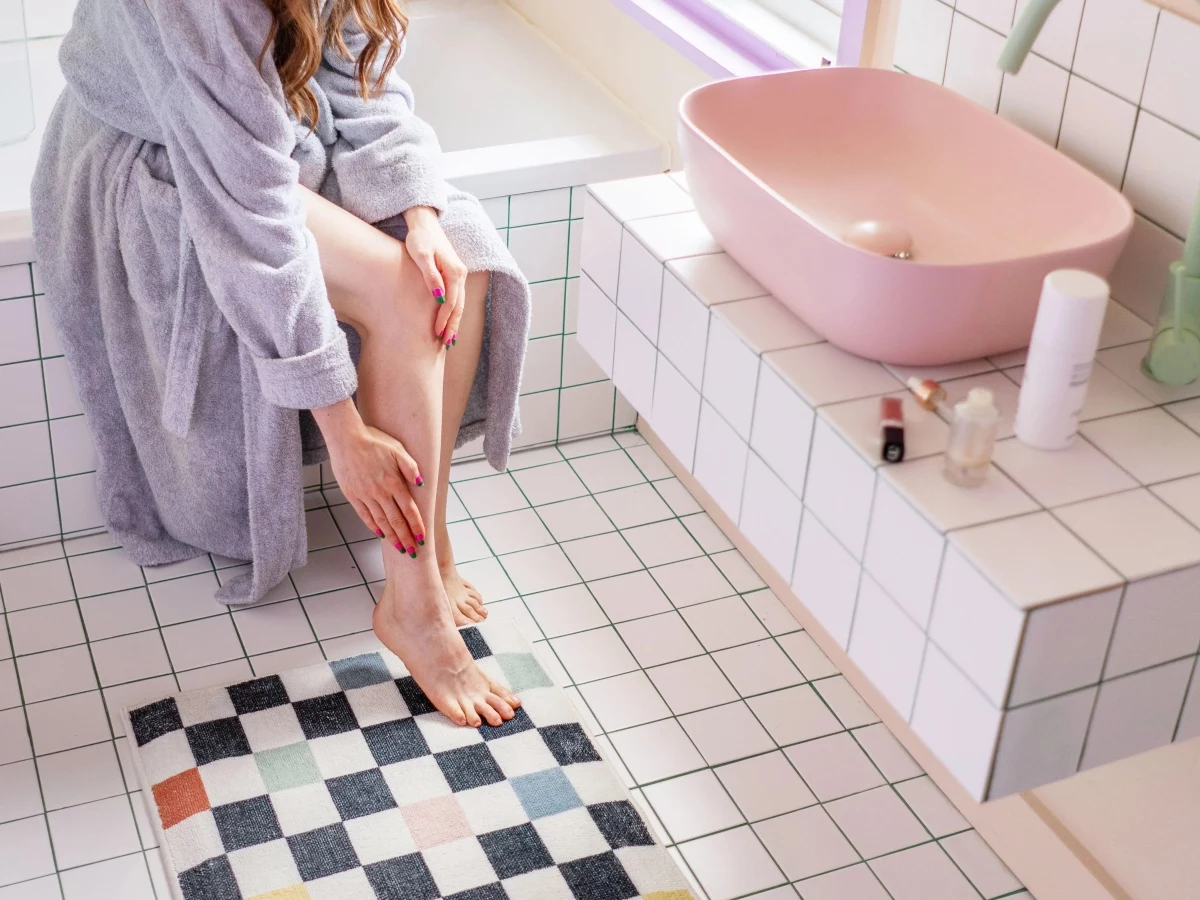
The Soft Stuff: Where Germs Love to Hide
Let’s talk about the textiles in your bathroom. Towels, mats, and shower curtains are basically giant sponges, and moisture is their best friend. Understanding what’s going on at a microscopic level is key to seeing why just washing them isn’t always enough.
Shower Curtains & Liners: That Isn’t Just Soap Scum
You know that pink or orange-ish film that builds up at the bottom of your shower liner? That’s not just soap. It’s a living colony of microbes called a biofilm. I’ve seen countless tenants try to scrub this stuff away, but it always comes back because a biofilm creates its own protective slime layer. It’s a fortress for bacteria and mold, and when you shower, the water spray can send those spores into the air you breathe. That’s a real issue if anyone in your home has allergies or asthma.
Here’s the pro move, and it’s the best advice I can give: use a separate liner and curtain. Get a cheap, clear PEVA or vinyl liner for the inside—this is your workhorse. Then, hang a nicer fabric curtain on the outside, which will stay mostly dry and clean.
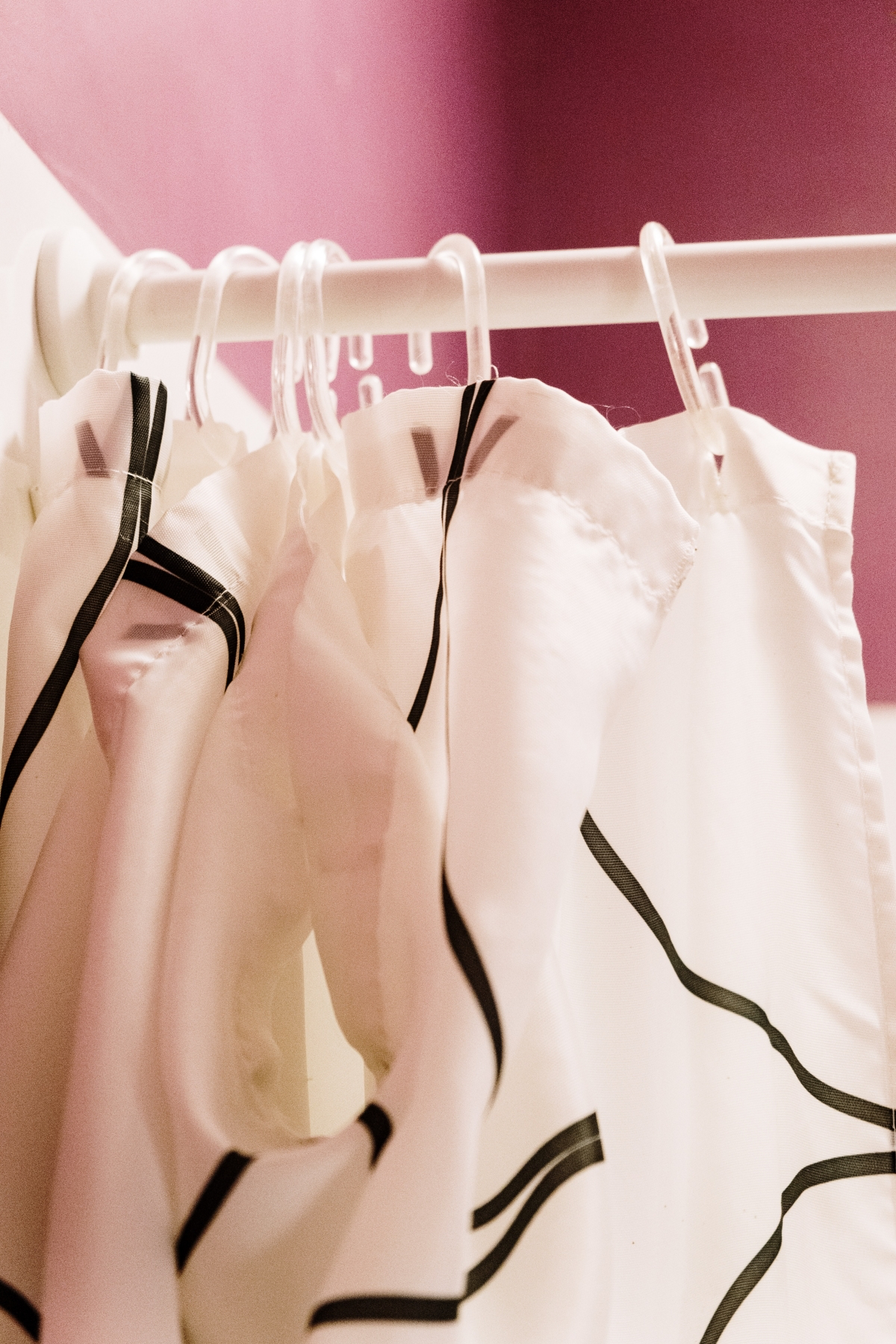
- Liner Replacement: Treat the liner as a disposable item. Seriously. For daily use, plan on tossing it every 6 to 12 months. Once you see stains that won’t scrub out or it feels permanently slimy, it’s done. A new one is usually between $5 and $15 at Target or on Amazon. It’s the cheapest health upgrade you can make for your bathroom.
- Keeping it Clean: You can make a liner last longer by spritzing it down with a 50/50 mix of white vinegar and water after a shower. Just spray and let it air dry. Some can even go in the washing machine on a gentle, cold cycle (toss in a couple of old towels to act as scrubbers), but NEVER put it in the dryer. Just hang it back up.
- Fabric Curtain Care: Your decorative curtain should last for years. Just wash it every couple of months on the hottest setting the fabric can handle to kill any lurking mildew.
I remember investigating a musty smell in a really nice apartment once. The place was spotless. We checked for leaks, nothing. Then I looked at their fancy, heavy fabric shower curtain—they weren’t using a liner. The bottom of it was stiff with mildew that had grown deep into the fibers. They had to throw out a $100 curtain. A simple $10 liner would have saved it.
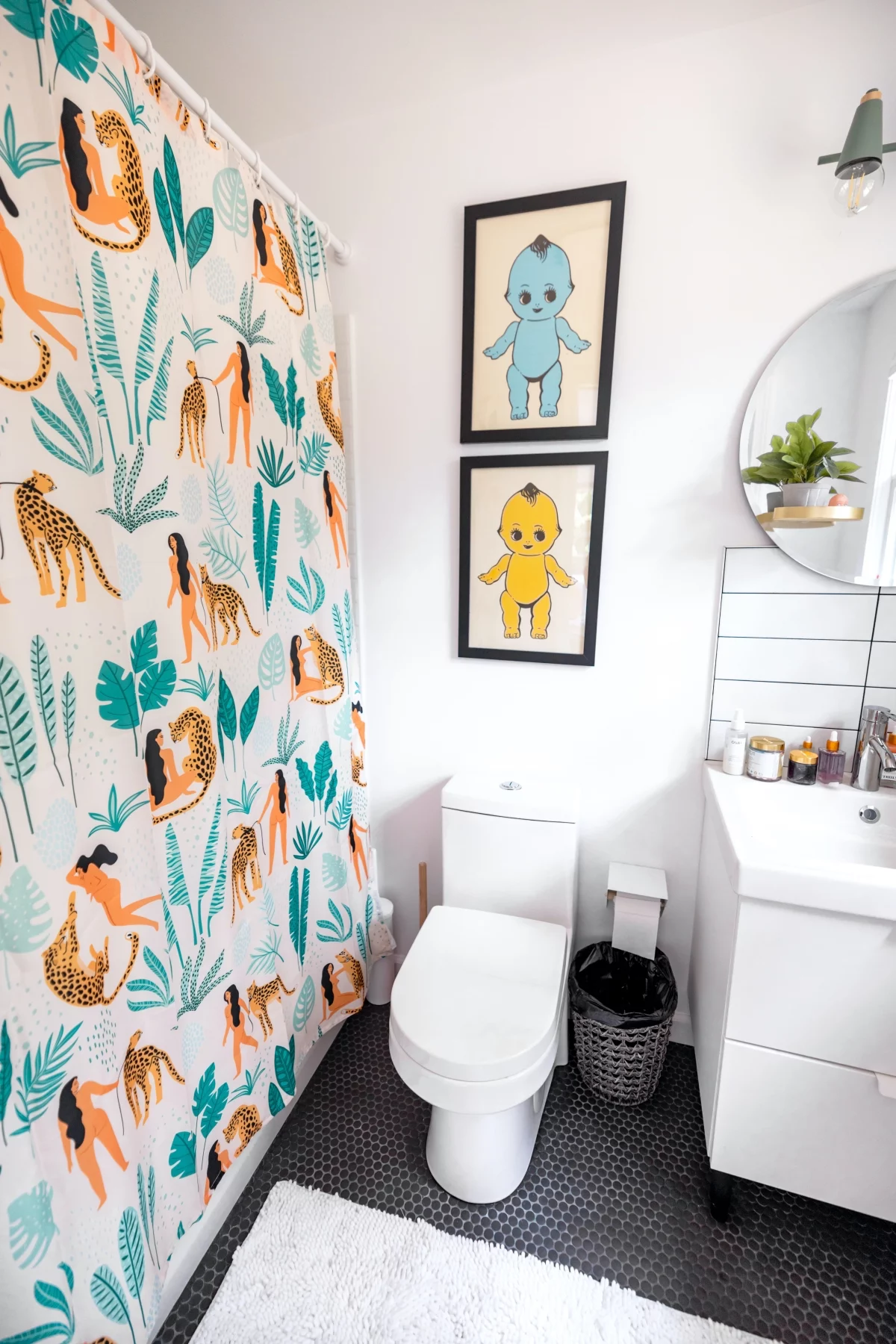
Towels and Washcloths: When They Stop Being Thirsty
Towels don’t just get old; they stop working. After hundreds of washes, the cotton fibers break down and they just don’t absorb water like they used to. Plus, detergent residue can build up, making them even less effective and sometimes irritating to the skin.
That sour, musty smell? That’s literally the scent of bacteria having a party in the damp fibers. A good test is to see how quickly your towel air dries. If it’s still damp eight hours after you used it, it’s probably time for a new one.
- Bath Towels: For everyday towels, plan on replacing them every 2 to 3 years. You’ll notice they feel less fluffy and just kind of push water around. Decent ones cost about $10-$20 a pop.
- Hand Towels: These get used and washed more, so they wear out faster. Swap them for a fresh one every day or two, and plan on replacing them every 1 to 2 years.
- Washcloths: These are the true workhorses. Use them once, then straight to the laundry. They get thin and rough pretty quickly, so replace them yearly.
Quick Tip: Stop using liquid fabric softener on your towels! It coats the fibers with a waxy film that repels water—the exact opposite of what you want. Instead, add a cup of white vinegar to the rinse cycle. It strips residue and softens them up naturally.
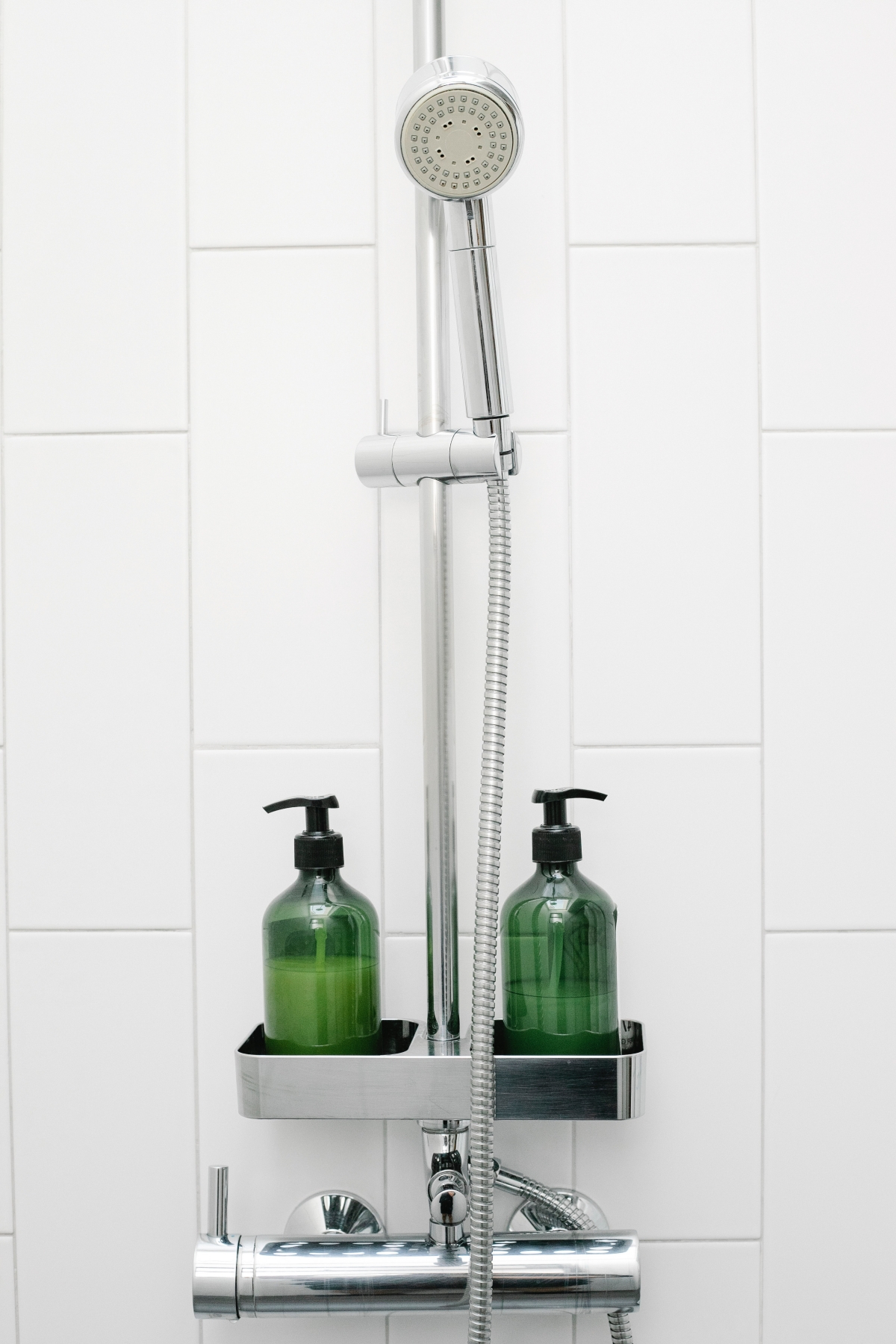
Bath Mats: The Sneakiest Culprit
Oh, the bath mat. It gets soaked, stepped on, and then left on a humid floor to fester. I have lifted up so many bath mats to find blackened grout or even water-damaged flooring underneath. It’s a real problem area.
- The Worst Choice: Honestly, I advise everyone against those common rubber-backed mats. They’re terrible because they trap moisture directly against your floor, which is a recipe for mold and can even ruin tile or vinyl over time. The rubber eventually degrades and leaves a sticky, impossible-to-clean mess.
- The Best Choice: Go for a simple, washable cotton mat that’s more like a thick towel. You can hang it over the tub edge to dry completely after every shower. They run about $15 to $30 and are easy to care for. Have two and rotate them.
- A Stylish Alternative: Wooden or bamboo mats look great and allow for air circulation so they dry fast. Just know they need a bit of upkeep. To keep them looking good, wipe them down weekly with a vinegar-water solution and, once a month, rub in some food-safe mineral oil with a rag to prevent the wood from cracking. These usually cost between $30 and $60.
Even the best cotton bath mat will get worn and sad-looking in 1 to 2 years. When it does, just get a new one.
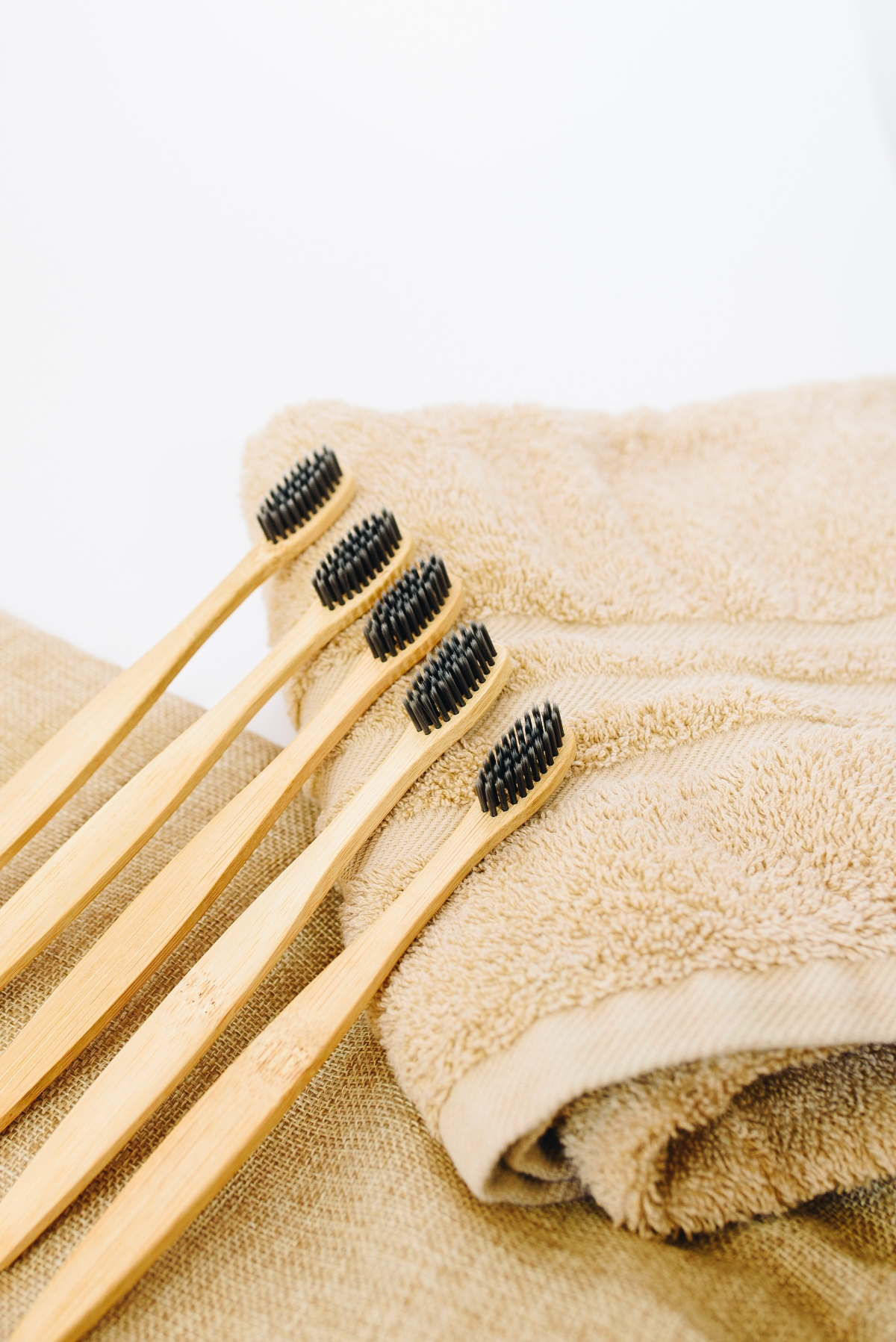
The Hard Parts: Small Fixes That Prevent Big Disasters
Your main plumbing should last for ages, but the little rubber and plastic bits inside your fixtures? Not so much. These are the parts that fail, and replacing them proactively is the difference between a 15-minute fix and a weekend-ruining flood.
Faucet Drips: The Sound of a Dying O-Ring
A dripping faucet isn’t just annoying; it’s a tiny leak that’s wasting hundreds of gallons. The culprit is almost always a cheap rubber seal—an O-ring or gasket—that has become hard and brittle from years of exposure to chlorine in the water. If your faucet is over 10 years old, its seals are on borrowed time.
This is a totally doable DIY project, but you need to be prepared.
What You’ll Need First:
- A small set of Allen wrenches
- Phillips and flathead screwdrivers
- Adjustable pliers (wrap the jaws in tape to avoid scratching the chrome)
- A rag to plug the sink drain (so you don’t lose tiny screws!)
- Your phone to take a picture of the faucet brand before you go to the store
Heads up! What could go wrong? Sometimes the water shutoff valves under the sink are rusted or stuck. If they won’t turn by hand, try gentle pressure with pliers. If it feels like it’s going to break, you might need to call a plumber. It’s better than causing a flood!
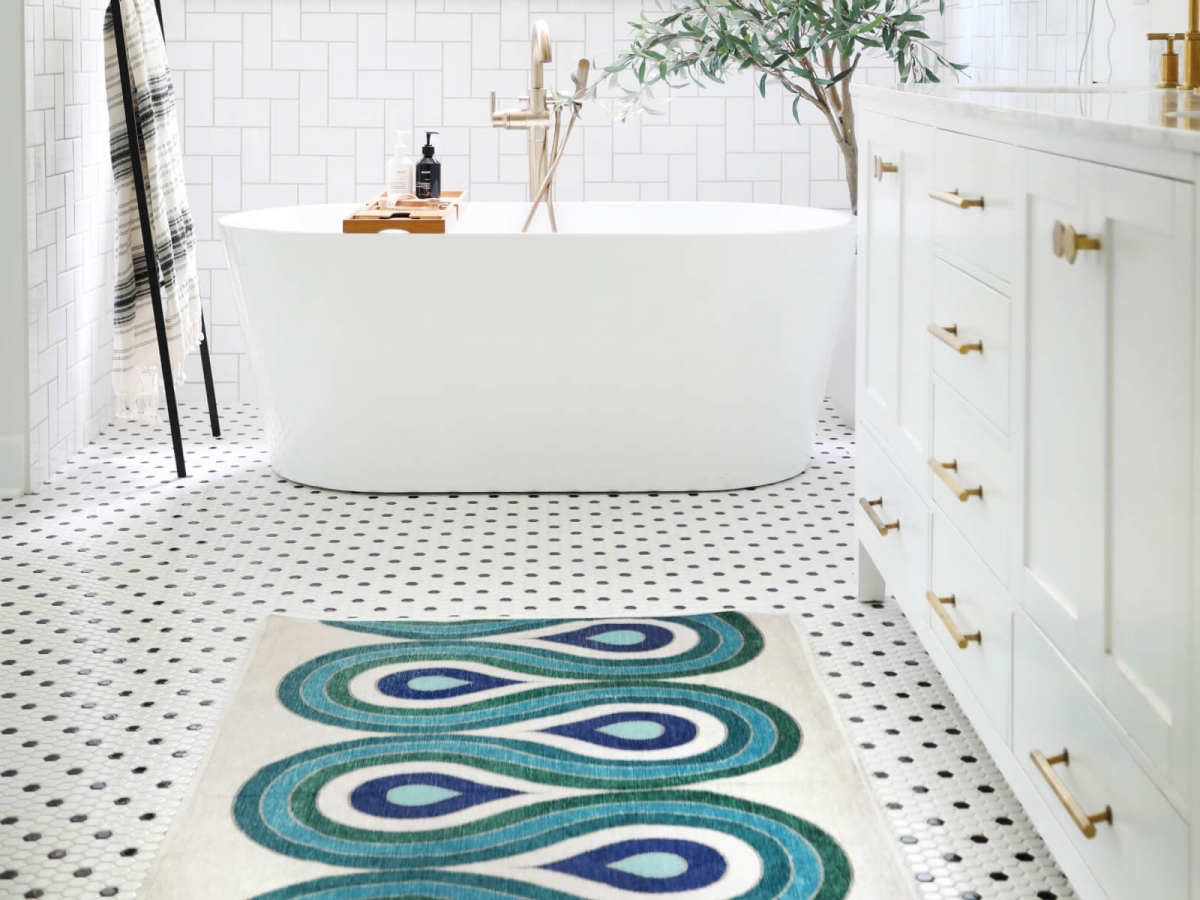
Once you have your parts—the whole rebuild kit is usually under $15 at a hardware store—you can get to work. Follow the instructions that come with your faucet model (you can usually find a video online). The most important rule? Take the old parts to the store with you. Don’t guess. The experts at a real plumbing supply or hardware store can match them perfectly.
The Toilet: Your Home’s Silent Water Waster
A running toilet can be a secret budget-killer. I once found a single leaky toilet in a building that was wasting over $100 in water every month. The problem is usually the toilet flapper, that rubber plug in the tank.
Your 5-Minute Bathroom Health Win for Today: Put a few drops of food coloring in the toilet tank (the top part). Don’t flush. Come back in 20 minutes. If you see any of that color in the toilet bowl, your flapper is leaking and needs to be replaced.
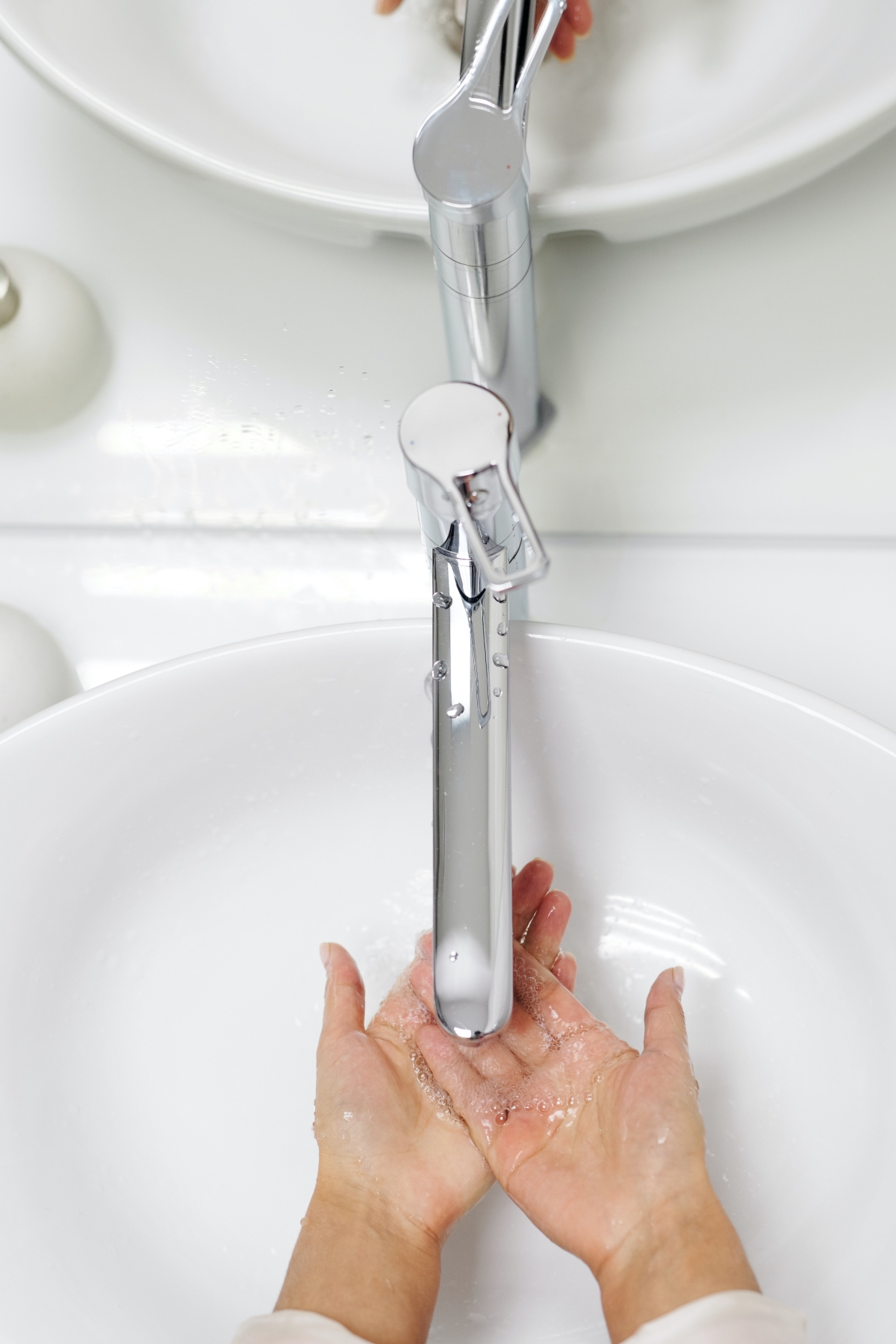
A new flapper costs between $5 and $10 and is a five-minute fix. Just turn off the water, flush to empty the tank, and swap the old one for the new one.
Pro-Tip: The chain on the new flapper is key. You want just a little bit of slack—about 1 or 2 links’ worth. If it’s too tight, it won’t seal. If it’s too loose, it won’t lift properly for a full flush. This is the #1 reason a new flapper installation fails.
And a critical warning: NEVER use those drop-in bleach tablets in your tank. They are poison for your toilet’s insides. They’ll destroy the flapper, fill valve, and all the rubber gaskets in a year or two, often voiding the warranty. Just clean the bowl with a brush.
Shower Heads: What’s Growing in There?
Just like your curtain liner, the inside of your shower head is a dark, wet place where biofilm loves to grow. Hard water minerals make it worse, creating a crusty surface for bacteria to cling to. To keep things clean and flowing well, you should descale it once or twice a year by unscrewing it and soaking it in vinegar overnight. But if the nozzles are permanently clogged or the finish is flaking, just get a new one. A good, basic shower head from a solid brand is only $25-$50 and is worth replacing every 5 to 7 years.
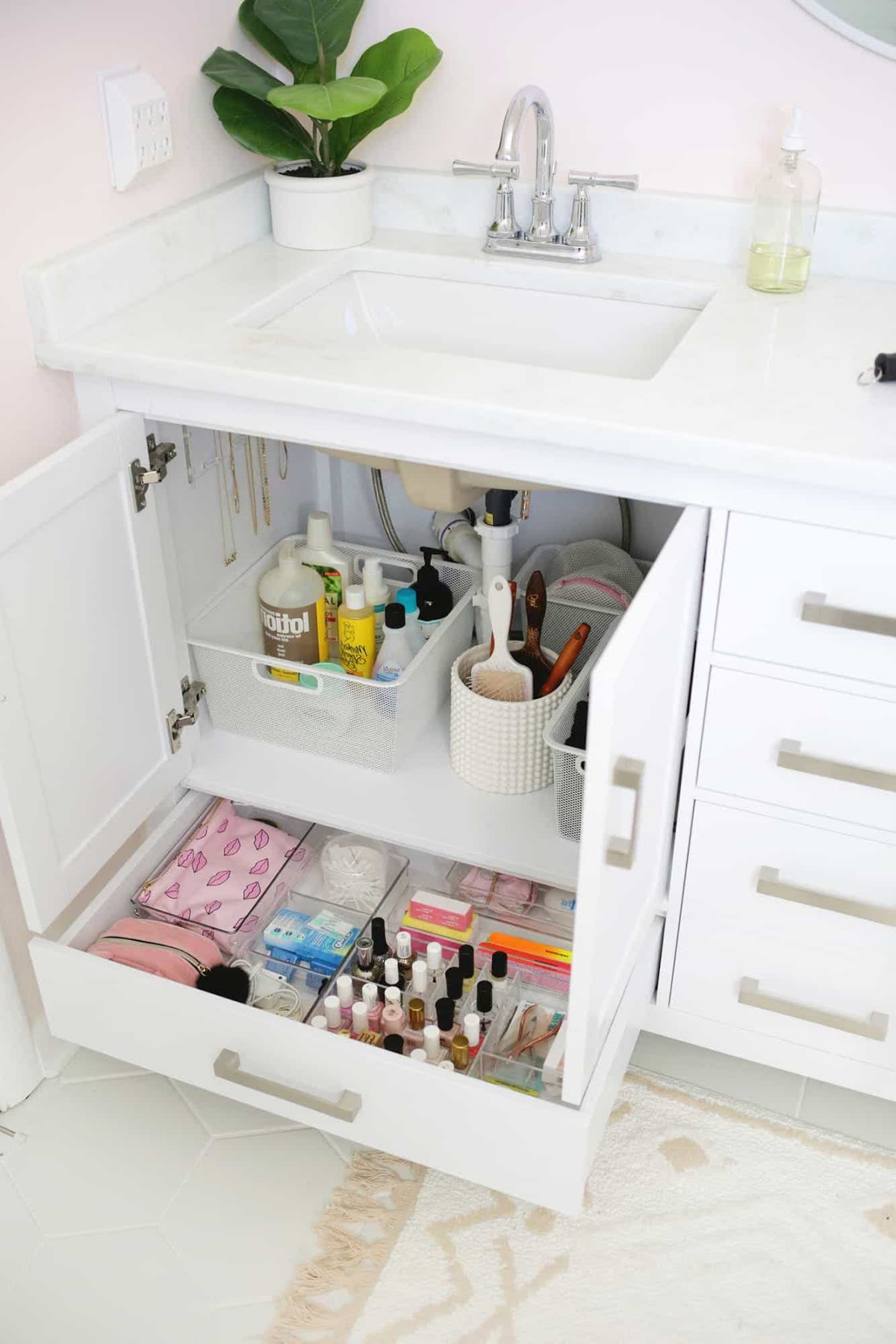
The Countertop Crew: Contamination Hotspots
These are the items that get gross over time from cross-contamination.
The Toothbrush Holder
Did you know? A single toilet flush can launch an invisible aerosol plume up to six feet in any direction. Now think about where your toothbrush holder is. Yup. It’s consistently one of the germiest spots in any home.
Toss any holder that’s just a solid cup where gross water can pool. Get one that’s open, easy to clean, or even better, dishwasher-safe. Run it through the dishwasher weekly. Since they’re so cheap (usually $5-$20), I recommend just getting a new one every year.
The Toilet Seat
Over time, cleaning with abrasive powders or scrubbies creates microscopic scratches on the surface of your toilet seat. Those scratches trap germs and are impossible to truly clean. The hinges are another grimy weak spot.
Plan on replacing the whole seat every 5 to 7 years, or sooner if it’s deeply scratched, stained, or the hinges get wobbly and won’t stay tight. A new one costs between $20 and $50 and makes the whole toilet feel brand new.
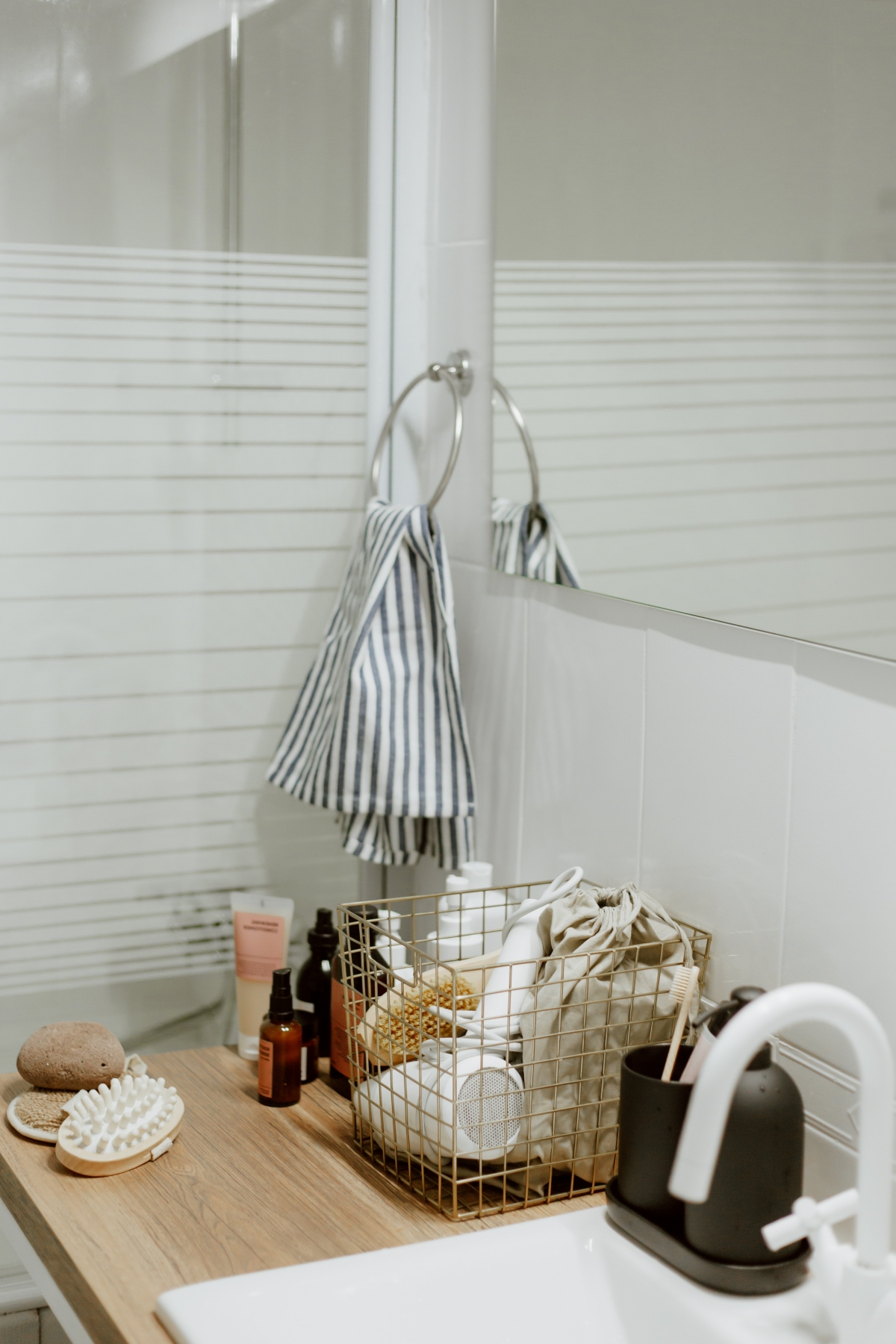
Quick Tip: Round or Elongated? Here’s How to Know. Don’t just guess and have to make a second trip to the store. Measure from the center of the seat bolts at the back to the very front tip of the bowl. If it’s about 16.5 inches, you have a ROUND bowl. If it’s closer to 18.5 inches, you have an ELONGATED bowl.
A Final Thought
Looking at your bathroom with a maintenance mindset changes everything. It stops being a chore and starts being about managing your home smartly. By knowing why things wear out and replacing them on a simple schedule, you prevent bigger headaches, control moisture, and keep your home healthier.
This isn’t about a huge spending spree. A shower liner, a toilet flapper, a new toilet seat—these are small, affordable upgrades. But doing them proactively is the kind of practical care that keeps your home running smoothly for years to come.
Inspirational Gallery with Photos
The Classic Bristle Toilet Brush: A familiar tool, but its dense bristles trap moisture and bacteria, often dripping contaminated water onto the floor. It’s tough to ever get truly clean.
The Modern Silicone Brush: Its non-porous, flexible bristles rinse clean and dry quickly, dramatically reducing germ buildup and odor. For a smarter, more hygienic choice, designs like the Joseph Joseph Flex or a simple, widely-spaced silicone version are a significant upgrade.
According to the EPA, a faucet dripping at just one drip per second can waste more than 3,000 gallons of water per year.
Beyond the water bill, that constant moisture is a primary cause of mildew on vanities and deterioration of the cabinet base. Replacing a worn-out rubber washer or a faulty cartridge is a simple, inexpensive fix that prevents far more costly damage down the line.
That dusty, grimy bathroom exhaust fan cover… does cleaning it really make a difference?
Yes, and it’s critical. A clogged fan can’t properly vent humid air, which is the primary cause of ceiling and wall mold. The restricted airflow also puts strain on the motor, leading to premature failure. A quick vacuum with a brush attachment every six months helps it efficiently remove moisture, protecting your bathroom and the fan itself.
- Prevents water from seeping into walls and causing hidden rot.
- Stops black mold from colonizing the corners of your tub or shower.
- Creates a crisp, professional-looking seal that doesn’t crack and peel.
The secret isn’t just re-caulking, but using the right product. Ditch basic acrylic caulk and opt for a 100% silicone or an advanced polymer sealant like DAP’s Kwik Seal Ultra. It’s specifically designed for high-moisture areas, offering superior flexibility and mold resistance.
An old, cracked toilet seat is a hygiene minefield. Scratches and deep fissures in the finish can harbor bacteria that even diligent cleaning won’t reach. Upgrading is an inexpensive, ten-minute job that instantly makes the entire space feel cleaner. Consider a modern slow-close model from brands like Bemis or Kohler to eliminate lid slamming and add a touch of quiet function.
Don’t forget the gunk you can’t see: Your toothbrush holder. That little puddle of water and toothpaste residue at the bottom is a perfect breeding ground for bacteria, which can then be transferred right back to your toothbrush. The simple fix? Choose a holder that is easy to disassemble and run it through the dishwasher weekly.
The humble bath mat is a textile that lives in a constant state of dampness. When it’s time to replace it, look beyond just the color to improve hygiene and safety.
- Quick-Dry Material: Microfiber and chenille fabrics are designed to dry faster than standard cotton, reducing the window for mildew growth.
- Machine Washable: This is non-negotiable. Ensure it can handle a hot wash cycle to effectively kill germs.
- Secure Non-Slip Backing: A sturdy rubberized base is essential for preventing dangerous slips on a wet tile floor.
Over time, mineral deposits and sediment from your water supply can build up inside your toilet tank, degrading the rubber flapper and fill valve mechanisms.
This is often the hidden culprit behind a toilet that “runs” intermittently or loses its flushing power. This internal wear and tear goes unnoticed until it fails. An annual check is wise; simply feel the flapper—if it feels brittle or leaves black residue on your fingers, it’s time to replace the part before it fails completely.
There’s a tangible sense of calm that comes from a space that is not just tidy, but truly hygienically sound. Replacing these worn-out, expired items isn’t just another chore; it’s an act of self-care that removes an underlying, low-grade anxiety about hidden germs or sudden failures, allowing you to fully relax in what should be your personal sanctuary.
- Toothbrush: Replace every 3-4 months, or after an illness. Frayed bristles don’t clean effectively and can harbor bacteria.
- Loofah/Sponge: A natural loofah should be replaced every 3-4 weeks; a plastic pouf every 2 months. They are notorious breeding grounds for bacteria.
- Toilet Brush: If you have a standard bristle brush, replace it every 6-12 months as it becomes discolored and harbors germs.

